Skopje is a city where old stories and new life meet on every corner. As the capital of North Macedonia, it has a special mix of cultures, history, and energy. I recently spent time walking its streets, riding buses, tasting local dishes, and talking with people. This city is full of surprises, from its grand statues to quiet hidden spots where time seems to pause. Whether you are curious about history, food, or everyday rhythms, Skopje offers moments that stay with you long after your visit.
Table of Contents
Main Landmarks to See in Skopje
One of the first things you might notice in Skopje is the huge statue of Alexander the Great on a horse. It sits proudly in the main square, called Macedonia Square. This is a lively place with fountains and many statues, telling stories of the country’s past. Nearby stands the Old Bazaar, a busy market area that feels like stepping back in time. Its narrow streets are full of small shops selling ceramics, textiles, and local crafts.
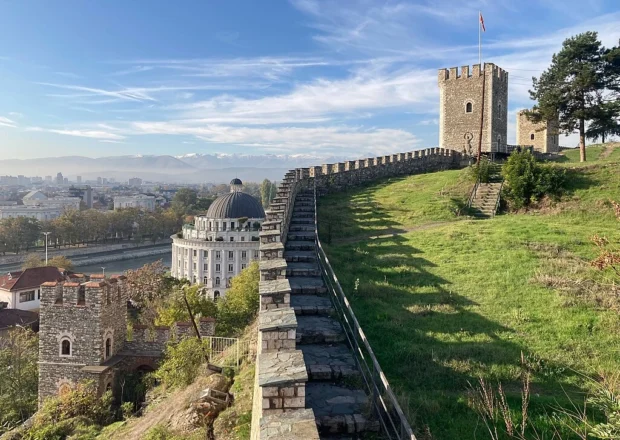
Walking across the Stone Bridge gives a beautiful view of the river Vardar. This bridge connects the old and new parts of the city, symbolizing how history and modern life come together here. Not far from this, the Kale Fortress perches on a hill, offering a quiet place with a look over the city. It is a great spot to imagine centuries gone by and enjoy a peaceful moment.
Taste the City: What to Eat and Where
Food in Skopje is a delicious way to understand its culture. You will find many dishes with fresh vegetables, grilled meats, and bread baked daily. In the Old Bazaar area, try “ajvar,” a red pepper spread, often eaten with bread or cheese. Another treat is “shopska salad,” made of tomatoes, cucumbers, peppers, and white cheese sprinkled on top.
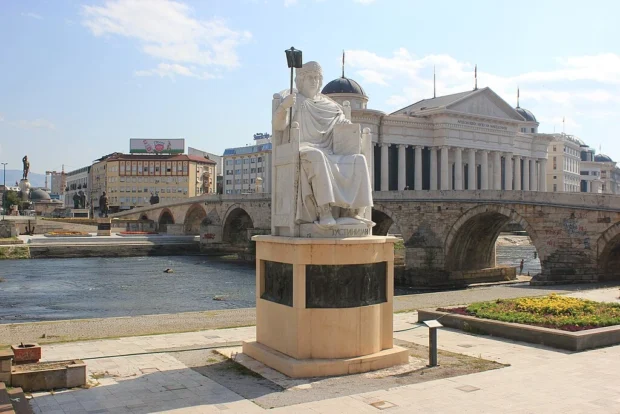
For something warm, “tavče gravče” is a popular bean stew cooked in a clay pot-a comfort dish loved by locals. On the streets, sellers offer “burek,” a crispy pastry filled with cheese, meat, or spinach. Pair any meal with Macedonian wine or “boza,” a sweet fermented drink popular in the Balkans.
Getting Around: Transport Tips
Skopje’s airport is about 25 kilometers from the city center, and the best way to get to town is by shuttle buses that run regularly. Once in the city, public buses are easy and affordable for short trips. The bus system covers most parts of Skopje, but be ready for some waiting during busy hours. Walking is also a great choice, especially in the city center where many streets are pedestrian-only.
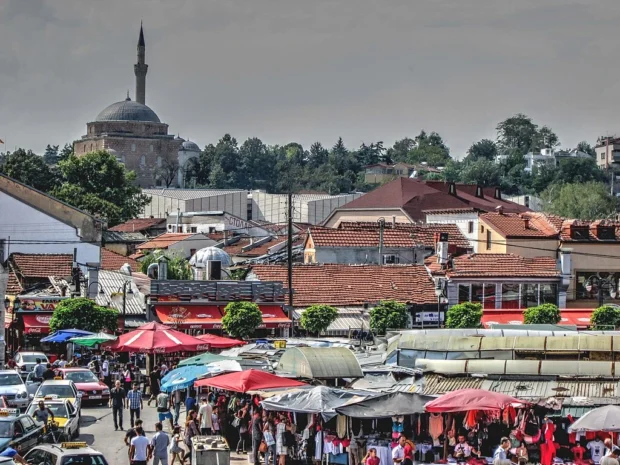
Bike rentals are becoming popular and offer a fun way to see hidden parts of Skopje. While taxis are present, locals often recommend the bus or walking, especially to soak in the atmosphere and meet people along the way.
For travelers interested in Balkan cities rich with history and culture, Sarajevo’s unique blend of old bazaars and modern life offers a warm contrast worth exploring.
Understanding Skopje’s Culture and Customs
When you visit Skopje, it helps to know a few simple customs. People here are warm and often greet with a handshake or a light hug between friends. When invited to someone’s home, it is polite to bring a small gift like sweets or flowers. Children and older people are respected, so showing kindness to them is appreciated.
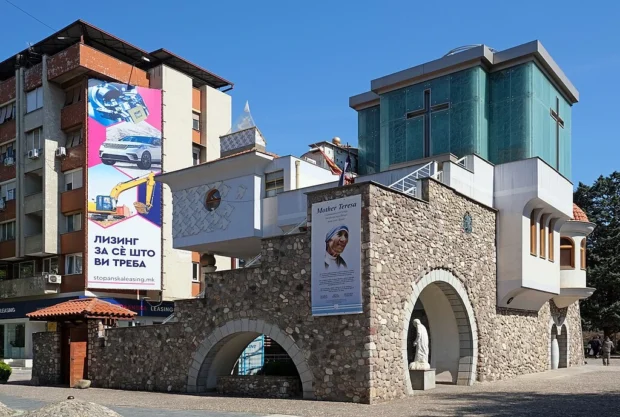
It is good to remember that Macedonians can be proud of their traditions, so asking about local history or food can start friendly conversations. However, avoid discussing sensitive political topics unless you know the person well.
Everyday Language: Useful Phrases in Macedonian
Though many young people speak English, using a few words in Macedonian shows respect and interest. Here are some simple phrases to try when you meet locals:
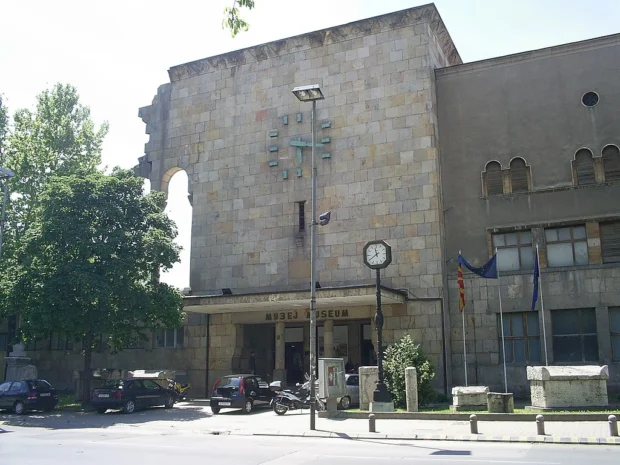
- Zdravo (ZDRAH-vo) – Hello
- Blagodaram (blah-goh-DAH-ram) – Thank you
- Kolku čini? (KOL-koo CHEE-nee) – How much does it cost?
- Izvini (iz-VEE-nee) – Excuse me / Sorry
These simple words can open doors and invite smiles.
Hidden Corners and Quiet Places in Skopje
Beyond the main sights, Skopje hides quiet wonders. The neighborhood of Debar Maalo is full of small art galleries and cozy cafés away from the tourist crowd. Here, you can watch local artists shaping ceramics or weaving textiles, a tradition carried through generations.
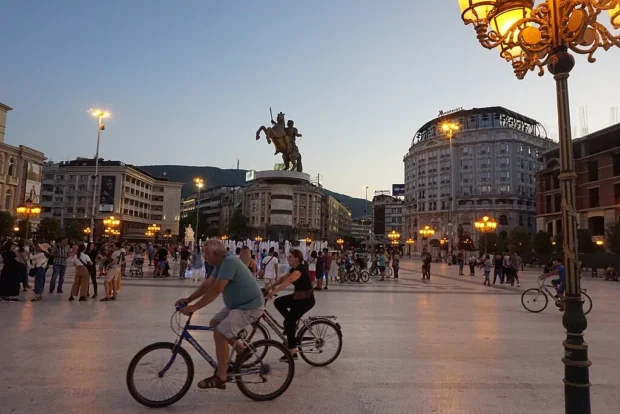
Close to the river, the City Park offers green space for relaxation and watching folk music events in summer. Sometimes, you might hear traditional Macedonian songs with saz and tambura instruments-soft sounds telling old stories.
If you like museums, the Museum of the Macedonian Struggle is a place where you can learn about the country’s fight for independence, through photographs and personal objects. This museum feels personal and shows the deep connection people have to their land.
For travelers interested in cities blending history and modern life, Bucharest offers contrasting architecture and quiet spots much like Skopje’s charming mix.
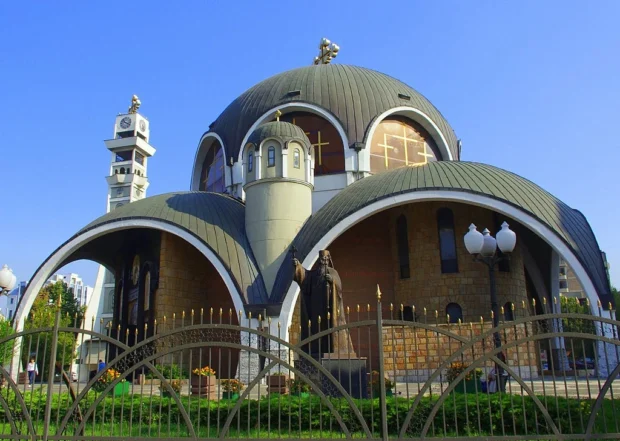
Why Skopje Feels Like a Living Story
While walking through Skopje, I was surprised by the mix of styles in architecture: Ottoman arches next to socialist-era buildings, bright new monuments standing close to ruins. This is because Skopje was rebuilt after a big earthquake in 1963. The city’s layers tell stories of resilience and change.
One odd fact: in the main square, many statues are so large that locals jokingly call it a “museum of giants.” Each statue shows moments from history or mythology, offering not only grand views but also interesting conversations with the locals about who these figures are.
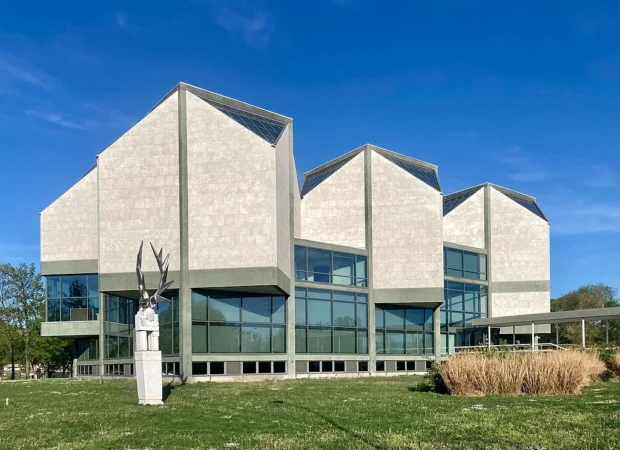
Where to Stay for a Comfortable Visit
Skopje offers a variety of places to stay, from guesthouses in quiet neighborhoods to apartments with views of Macedonia Square. Choosing to stay near the Old Bazaar or city center means easy access to landmarks and transport.
If you prefer calm and greenery, areas near the City Park or along the river are peaceful and still close to cafes and shops. Most places provide clean, simple rooms with friendly owners ready to share advice about the city.
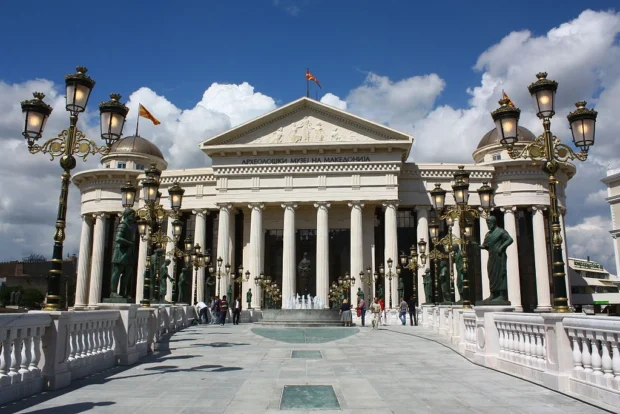
Final Thoughts on Skopje’s Warm City Vibe
Skopje made me realize that a city is more than monuments-it is a place full of small daily moments, craft traditions, and friendly greetings. From sampling homemade meals to hearing folk music echo in a small café, the city invites you to feel at home. By walking old bridges and chatting with sellers in the bazaar, I found a city full of stories waiting to be told.
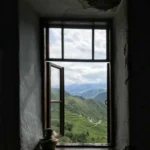
Eastern Europe travel specialist uncovering hidden gems from the Baltics to the Balkans.
- Skopje 2014 – Art Bridge by Pudelek on Wikimedia Commons – cc by-sa 4.0
- Kale Skopje Fortress by kallerna on Wikimedia Commons – cc by-sa 4.0
- Skopje – Vardar Bridge (2017) by Julian Nyča on Wikimedia Commons – cc by-sa 3.0
- Old Bazaar 14 by Делфина on Wikimedia Commons – cc by-sa 3.0
- Memorial House of Mother Teresa by kallerna on Wikimedia Commons – cc by-sa 4.0
- National Museum of History of Republic of Macedonia (Skopje) by Svik at Bulgarian Wikipedia on Wikimedia Commons – cc by-sa 3.0
- Macedonia Square, Skopje (50383662696) by Andrew Milligan sumo on Wikimedia Commons – cc by 2.0
- Church of St. Clement of Ohrid – panoramio (1) by Tim Tregenza on Wikimedia Commons – cc by-sa 3.0
- Museum of contemporary art Belgrade 3 by kallerna on Wikimedia Commons – cc by-sa 4.0
- Arheo Museum of Macedonia (13) byThis illustration was made by Rašo. An email toRašo would be appreciated too. on Wikimedia Commons – cc by-sa 3.0
